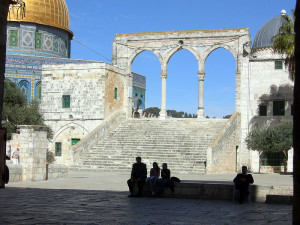
By Marney Blom
This morning I awoke to the sound of a helicopter circling overhead, and toward the north east of my Jerusalem neighbourhood.
Immediately I thought, Something’s up!
The surveillance balloon positioned along the border of east and west Jerusalem – observable from my balcony – had appeared last week as a result of a string of violent attacks in the capital. The relentless throbbing of a hovering helicopter was no doubt a sign that more violence had ensued.
The morning papers confirmed the worst: Rabbi Yehuda Glick, an advocate for Jewish rights to pray on the Temple Mount, had been shot at point blank range last night while attending a yearly conference organized by the Temple Mount and Eretz Yisrael Faithful Movement.
As Rabbi Glick struggled to recover from bullet wounds at Shaare Zedek Medical Center this morning, the Temple Mount was promptly closed for visitors, and security reinforcements were made throughout the city. Special patrol units searched the area for the perpetrator. By midday, suspect Muataz Hijazi, a former Palestinian prisoner and Islamic Jihad member was killed by Israeli police. But government agents and law enforcers were not yet at ease as retribution could trigger more violence in the capital.
“I have ordered significant reinforcements so that we can maintain both security in Jerusalem and the status quo in the holy places,” said Prime MInister Binyamin Netanyahu at his office at a special discussion organized as a result of the shooting. “This struggle might be long, and here, like in other struggles, we must first of all, lower the flames. No side should take the law into its own hands.”
Copyright 2014 © Acts News Network, Inc.
